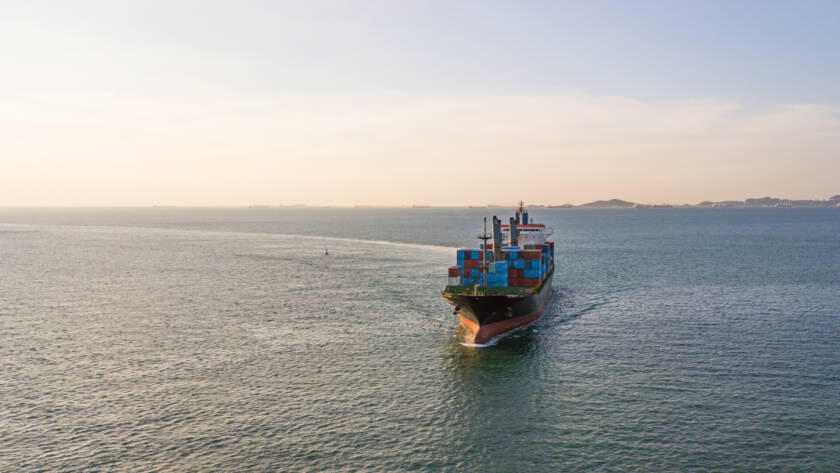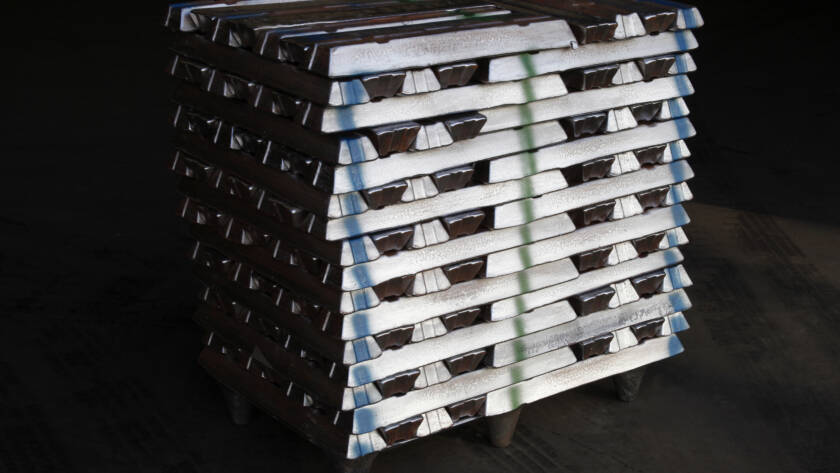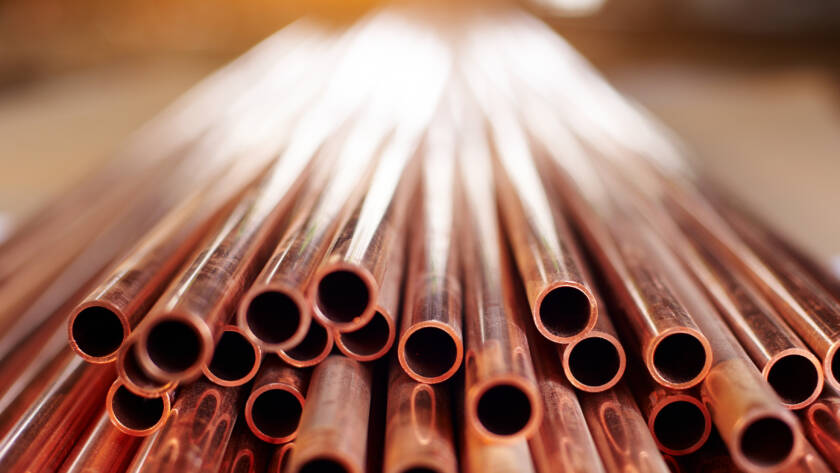The politics of trade in the U.S. have gotten complicated during this century, mainly because deindustrialization in the Rust Belt has cost so many factories and jobs. The free trade consensus of the 1990s that led to NAFTA and China joining the World Trade Organization in 2001 is dead.
But it shouldn’t be lost on…









